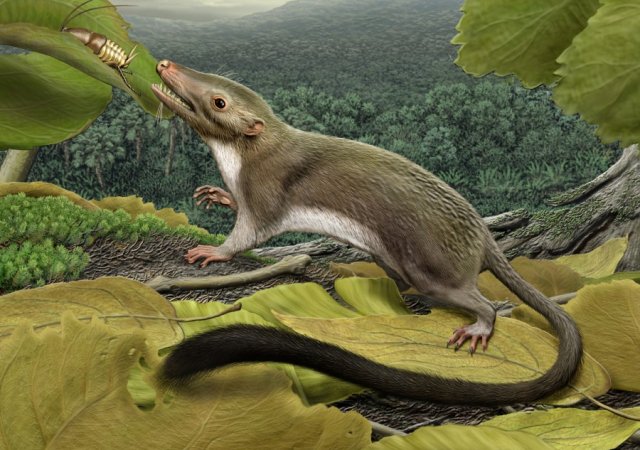Re-re-re-thinking the rise of mammals and death of the dinosaurs
Ars Technica » Scientific Method 2013-02-10

The end of the era of dinosaurs and rise of the mammals has held a fascination for me since I was young (and I suspect I'm not alone). But it's a tale that has been retold many times now.
In the earliest versions, I recall ideas about clever, fast-moving mammals outcompeting the slow, lumbering dinosaurs. With time, however, that story changed. The dinosaurs became quicker and actually survived, albeit as birds (papers now refer to the loss of "non-avian dinosaurs"). The mammals became less clever and more lucky, in that it took a freak hit from an asteroid to trigger the mass extinction. As DNA data came in, the amount of luck involved seemed more and more significant. Data indicated some of the lineages of modern placental mammals had been around for millions of years before the dinosaurs died, but didn't really do much until after the extinction event.
A new analysis, published in Science now pushes back against the molecular data. A large team of authors tracked thousands of individual traits in more than 125 species (40 of them known only from fossils) to build the biggest reconstruction of the history of mammals ever attempted. In doing so, they find the first placental mammal probably didn't exist until after the non-avian dinosaurs were gone, the study even provides some hints of what it might have looked like.
Read 9 remaining paragraphs | Comments